Indonesia, a country of diverse cultures, landscapes, and histories, is located in Southeast Asia.
As one of the largest archipelagos globally, Indonesia comprises thousands of islands across both the Indian and Pacific Oceans.
Understanding Indonesia's geographical position is crucial for anyone interested in its rich cultural heritage and vibrant tourist destinations.
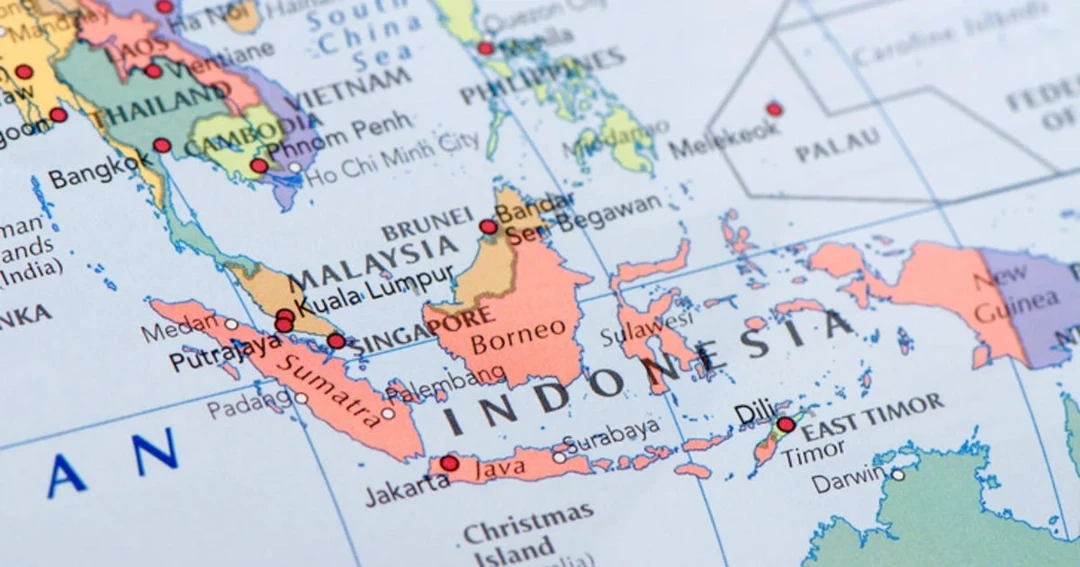
Where is Indonesia Located?
Indonesia is a large group of islands located between the Indian Ocean and the Pacific Ocean, making it extremely important geographically.
Geographical Position:
Indonesia mostly sits on the equator, spreading across the southern part of Southeast Asia and stretching into Oceania.
It acts as a connector between the continents of Asia and Australia.
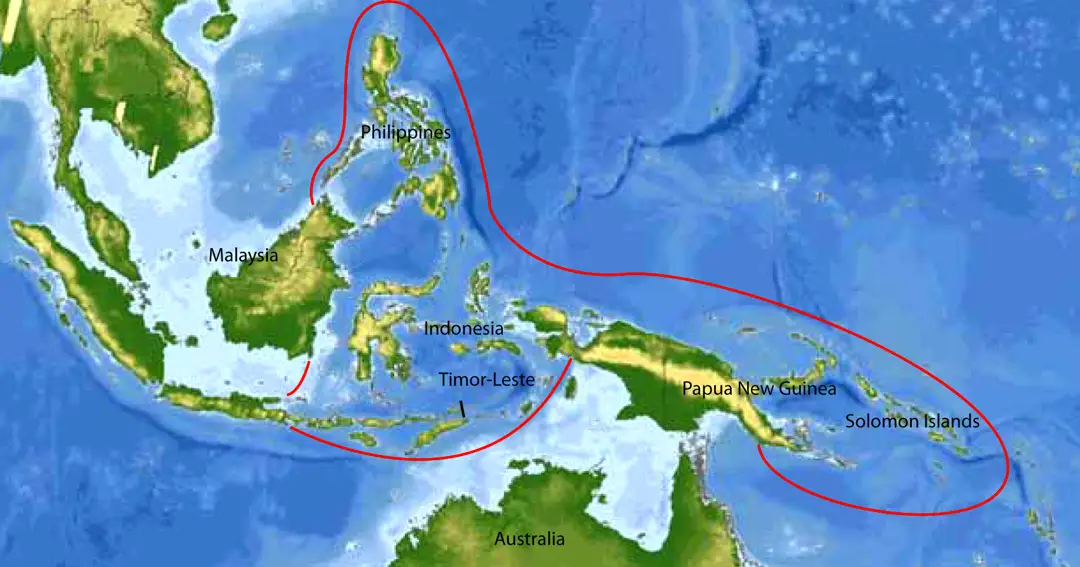
Coordinates and Time Zones:
The country is roughly situated between 6°N and 11°S latitude and 95°E and 141°E longitude, spanning three time zones: Western Indonesia Time (WIB), Central Indonesia Time (WITA), and Eastern Indonesia Time (WIT).
Indonesia’s Borders and Neighboring Countries
Indonesia is strategically positioned between several countries in both land and maritime borders.
Land Borders:
Indonesia shares land borders with three countries: Malaysia on the island of Borneo (shared with Kalimantan), Papua New Guinea on the island of New Guinea, and Timor-Leste on the island of Timor.
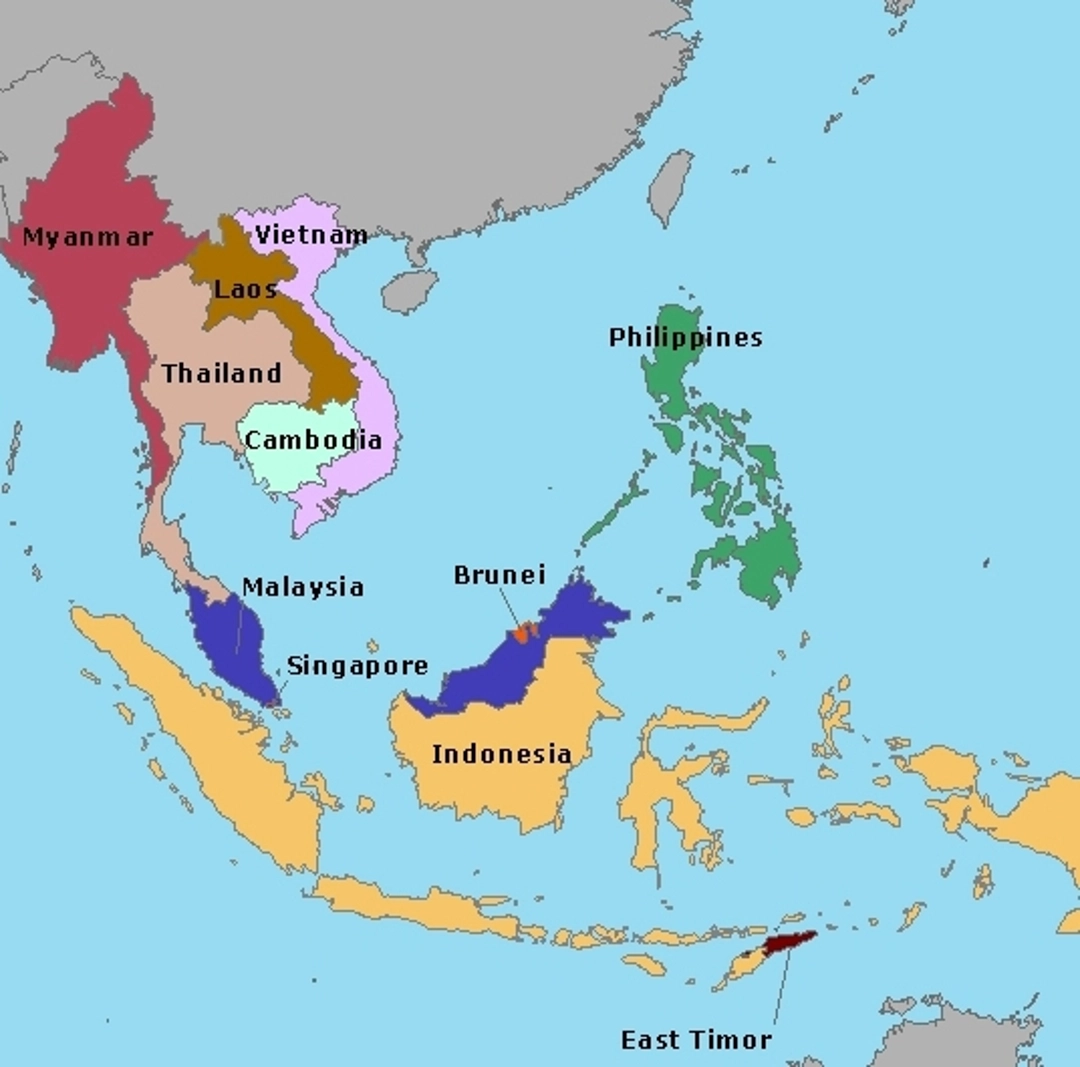
Maritime Borders:
To the south, Indonesia borders Australia across the Timor Sea. To the north, it has maritime boundaries with the Philippines, while Singapore lies to the west of Indonesia, across the Strait of Malacca.
Indonesia’s Major Islands and Regions
Indonesia, an archipelago with over 17,000 islands, has more than 6,000 inhabited islands. Notable islands and regions include:
Sumatra, known for its abundant natural resources and expansive rainforests, is Indonesia's sixth-largest island west of Java.
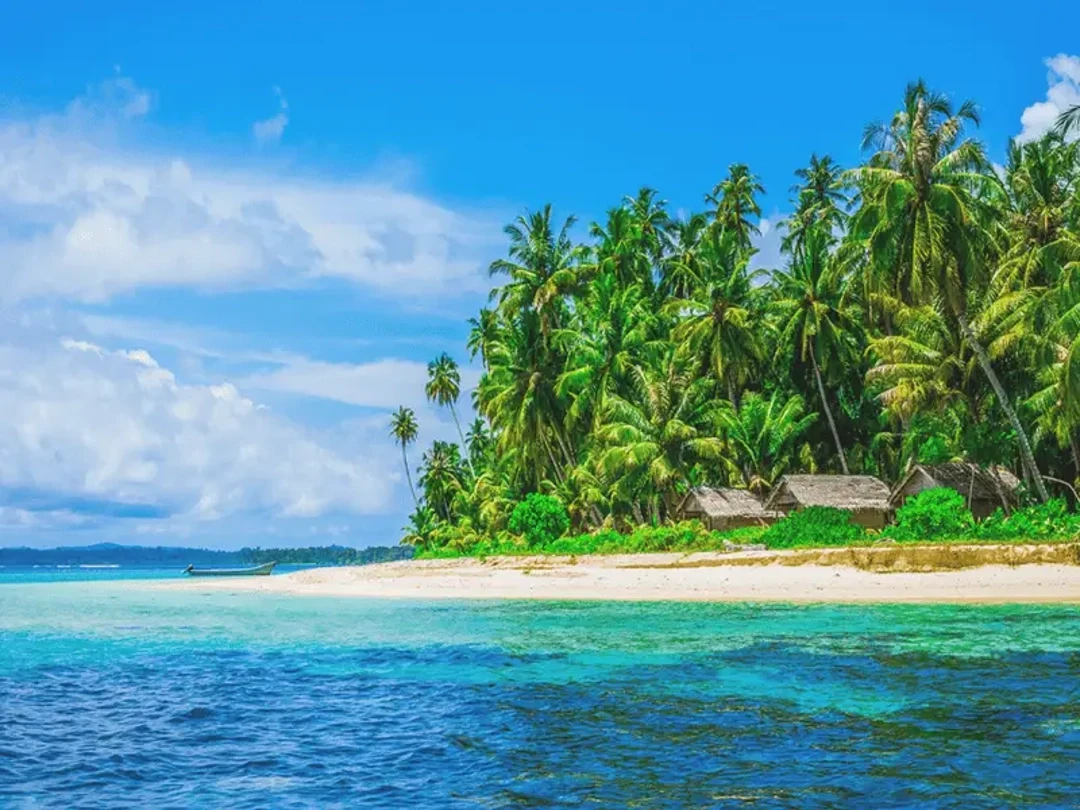
Java, the nation's political and economic core, hosts the capital, Jakarta, alongside numerous cultural landmarks.
Kalimantan (Borneo), shared with Malaysia and Brunei, is celebrated for its extensive rainforests and rich biodiversity.
Sulawesi, distinguished by its unique shape and cultural diversity, serves as a key cultural and economic center.
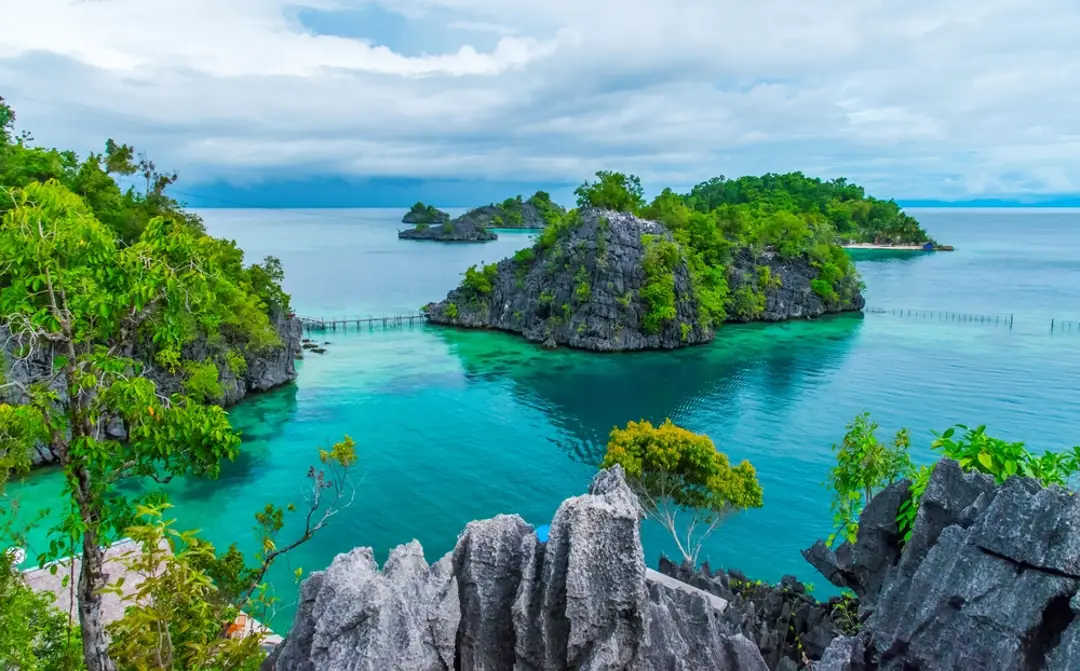
Papua, Indonesia's easternmost region, is renowned for its rugged terrain and indigenous cultural heritage.
Furthermore, major cities like Jakarta, Bali, Yogyakarta, Surabaya, and Medan deeply shape Indonesia's national image.
Why Indonesia’s Location Matters
1. Climate and Weather:
Due to its location along the equator, Indonesia experiences a tropical climate characterized by wet and dry seasons. This makes Indonesia an appealing year-round destination for those interested in both beach resorts and lush forests.
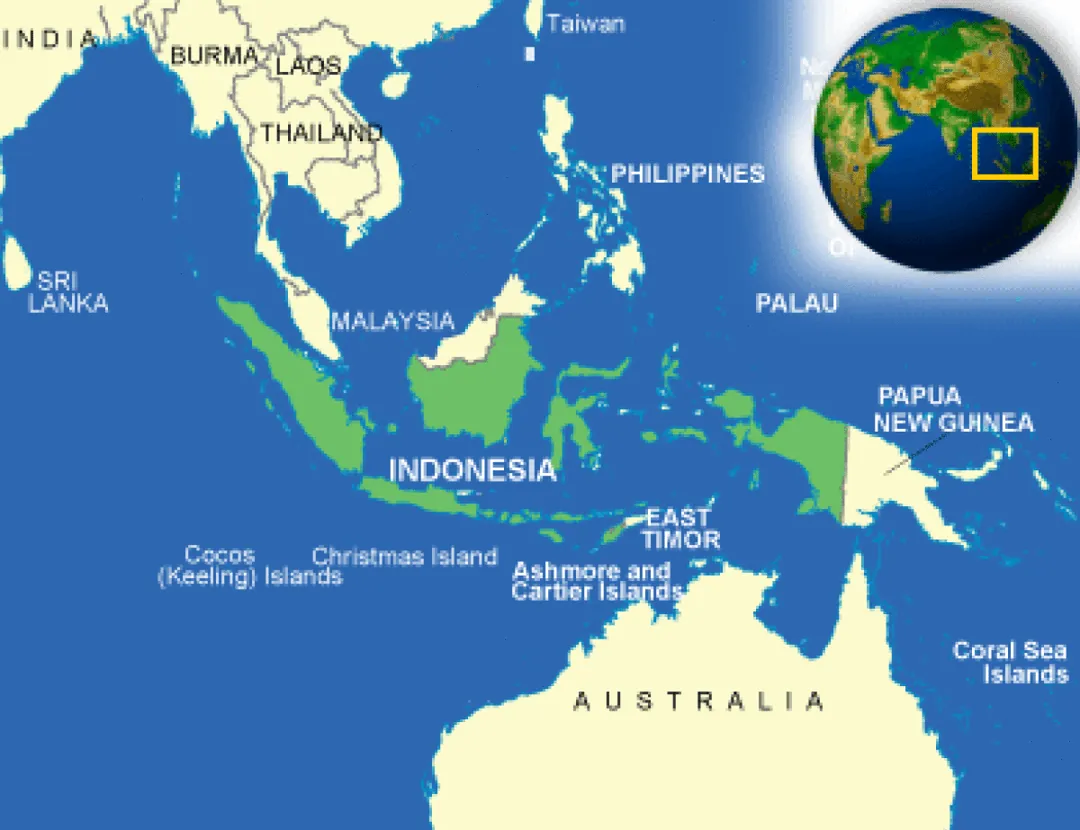
2. Cultural Diversity:
The strategic geographic location of Indonesia has resulted in a rich blend of cultures, languages, and traditions.
With over 300 distinct ethnic groups and more than 700 native languages, the country's diverse heritage is richly displayed in its festivals, cuisine, and everyday life.
3. Economic and Strategic Importance:
Indonesia's position along major trade routes grants it significant influence in global commerce.
Additionally, its presence along the Pacific Ring of Fire makes it a point of geological interest, notably for its many active volcanoes.
Conclusion
Indonesia is far more than a mere geographical location; it serves as a convergence point for cultures, nature, and history.
With its extensive and varied landscape spanning over 17,000 islands and a rich history dating back thousands of years, it stands as one of the most captivating countries to explore.
Whether you're a traveler, cultural enthusiast, or simply intrigued by its distinctive global position, Indonesia presents a variety of offerings.
